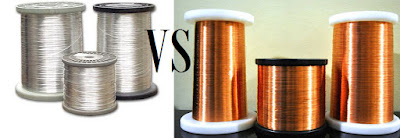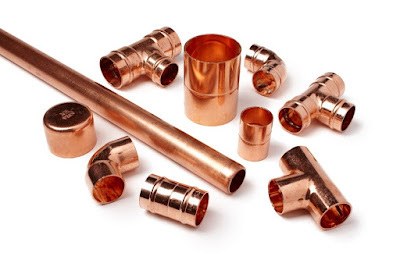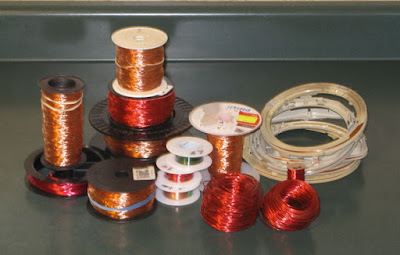Copper is one of the most used metal in making water pipes around the world. And copper has its own reasons for leading on top. Copper Pipes is durable compared to other similar metals and can be recycled time and again. Because it can be recycled, using copper wires are the best metals to be used for water pipes, because they won’t impact the environment as much as other non-recyclable metals would do. The cost initially invested in the copper water pipes can be huge but their durability makes them long lasting and a fair deal.
If you are still looking for more reasons to understand why copper wires are used to make water pipes, here are to name a few:
If you are still looking for more reasons to understand why copper wires are used to make water pipes, here are to name a few:
- Considerations: Plumbers prefer working with copper wires because they are malleable and light in weight. They are also easy to fit onsite and are easier to customize. It requires minimal tools and less efforts comparatively, to fit a copper wire. It is definitely easier and quicker to install compared to other metal pipes.
- Significance: Copper wires can resist corrosions in areas with neutral-pH water. They do this by forming a protective thin coating inside the pipe. This helps in keeping the structural integrity intact. This also allows a smaller-diameter pipe to do maximum consistent water flow. These factors make copper not just one of the most durable and reliable metal for pipes, but also one of the lowest cost metal with better value.
- Benefits: Everyone knows, copper is a good conductor of electricity and heat and this makes it the most preferred metal. This property of copper allows the copper pipes to get warm during exposure to hot water and stay warm for long. This helps to keep hot water at a consistent temperature when it travels through the house. The conductivity of copper makes it the perfect choice for radiant heating systems which pump hot water through the floors to heat a room.

















